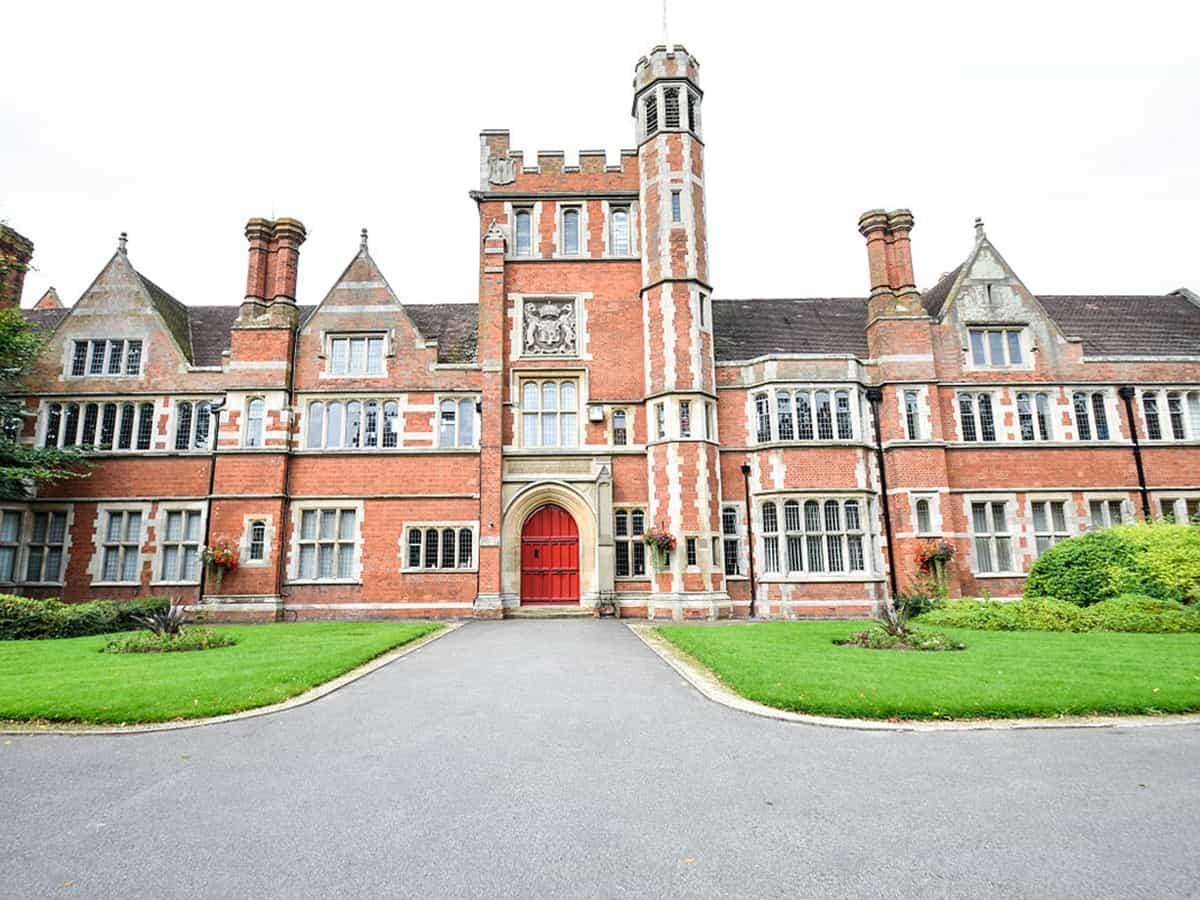London: The UK government has laid out detailed guidance which could see some secondary schools in areas with significant spikes in COVID-19 infections using a rota-based learning system to limit large groups in classrooms at any one time.
It comes as UK Health Secretary Matt Hancock warned on Saturday that the possibility of a second wave and extensive lockdowns still remain a worst-case scenario for the country.
In an interview with The Times’, he said: A second wave is clearly visible in other parts of the world. It is a very serious threat.
But so far in the UK we are managing to keep the number of new cases flat through a combination of test and trace and local lockdowns.
This is the reasonable worst-case scenario, that we have a bad flu and a growth in coronavirus as people spend more time indoors. Cases go up again, and we have to use very extensive local lockdowns or take further national action. We don’t rule that out, but we don’t want to see it.
The Department for Education (DfE) guidance, issued this week ahead of a majority of schools reopening for the autumn term from next week, notes that it is working hard to put in all safety measures in place and any rota or remote learning options would be considered a last resort as part of efforts to keep coronavirus infection rates down.
We hope that we won’t have to implement the guidance set out today because the local lockdown measures we have introduced so far are working. Changes to school attendance will only ever be an absolute last resort, said UK Education Secretary Gavin Williamson.
However, it is important that both government and schools prepare for a worst case scenario, so this framework represents the sensible contingency planning any responsible government would put in place, he said.
The government is keen to get all schools back up and running after being largely shut since the coronavirus lockdown was announced back in March. They have devised a tier system, with Tier 1 applying to schools currently under localised lockdown restrictions where pupils will be back in class with face coverings required in corridors and communal areas.
If all other measures have been exhausted, Tier 2 would advise secondary schools and colleges in a restricted area to use rotas to help break chains of transmission of coronavirus, while primary schools remain open to all pupils.
Tiers 3 and 4 will introduce remote learning full time for wider groups of pupils, with vulnerable children and children of critical workers continuing to attend.
Last week, the Chief Medical Officers from all four nations in the United Kingdom had issued a joint statement to declare that the risks to children contracting COVID-19 in school or college is extremely low and that the risks associated with not being in school or college outweighs that of not being there.
The DfE said that schools are also receiving packs of personal protective equipment (PPE) to use in the very limited circumstances it may be required, such as when it is not possible for a staff member to maintain two-metre distance from a pupil with a suspected case of coronavirus. It had been announced earlier that face coverings would be mandatory in communal areas of schools which fall under the high-risk regions of the country.
Schools and colleges are also being sent home testing kits, each receiving a pack of 10 tests, with more available to be ordered if needed. The DfE said the home testing kits are to be used in exceptional circumstances such an individual with symptoms who may have barriers to accessing a test elsewhere and the home kit would significantly increase their chance of getting tested.
Our primary focus remains supporting all schools to welcome back all pupils for the start of term and we thank teachers and staff for their hard work in preparations, added Williamson.
Under the new guidance, if anyone in school tests positive, health protection teams will carry out a rapid risk assessment to confirm who has been in close contact with the person and ask them to self-isolate for 14 days. Two or more cases in two weeks is deemed an outbreak, which could result in further action, such as a mobile testing unit being dispatched to the school.
In some cases, health protection teams may recommend that a year group or even the whole school is asked to self-isolate at home.

